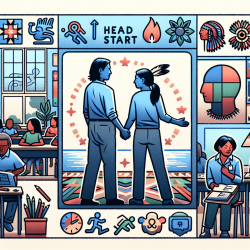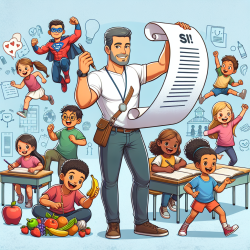Language competence is a critical aspect of a child's development, influencing not only academic success but also social integration and self-esteem. As practitioners in the field of speech-language pathology and special education, it is imperative to continuously seek out tools and methodologies that can aid in the accurate assessment and effective intervention for language difficulties. One such tool, the Test of Language Competence (TLC), offers a comprehensive approach to evaluating language delays and strategizing intervention.
The TLC, developed by Elisabeth H. Wiig and Wayne Secord, is designed to assess language competence in youth aged 9 to 18.11 years. Language competence, as defined by the authors, involves both the appropriate understanding/expression of language content and a responsiveness to the communicative demands of specific situations. This dual focus on content and context makes the TLC a valuable resource for practitioners aiming to understand and address the nuances of language difficulties in older children and adolescents.
The test comprises four subtests, each targeting a different aspect of language competence:
- Understanding ambiguous sentences: This subtest assesses the ability to recognize and interpret alternative meanings in lexical and structural ambiguities.
- Making inferences: It evaluates the capacity to make inferences based on existing causal relationships in short paragraphs.
- Recreating sentences: This measures the ability to formulate grammatically complete sentences using key words related to a given situation.
- Understanding metaphoric expressions: It assesses the capability to interpret metaphoric expressions and match them by shared meaning.
Scoring of these subtests yields insights into specific aspects of language content and context, allowing practitioners to tailor intervention strategies effectively. Moreover, the TLC provides Individualized Education Plans (IEPs) for remediation in areas assessed by each subtest, with objectives arranged hierarchically to represent the sequence of implementation. This structured approach facilitates a clear path for intervention, ensuring that practitioners can address language difficulties in a focused and systematic manner.
However, the TLC is not without its critiques. It emphasizes strategy over skill and repertoire deficits, positioning strategic inefficiency as central to language disability. This perspective aligns with current understandings of academic underachievement and special education needs, highlighting the test's relevance in today's educational landscape. Furthermore, the authors recommend complementing the TLC with standardized measures of receptive vocabulary development and analysis of spontaneous speech samples, underscoring the importance of a comprehensive assessment approach.
As research in linguistic strategy competency and development evolves, the TLC stands as a pivotal tool in the assessment and program implementation for older children and adolescents. By integrating the insights gained from the TLC into their practice, practitioners can enhance their ability to support students in overcoming language barriers, ultimately contributing to their academic and social success.
To read the original research paper, please follow this link: Test of Language Competence.










